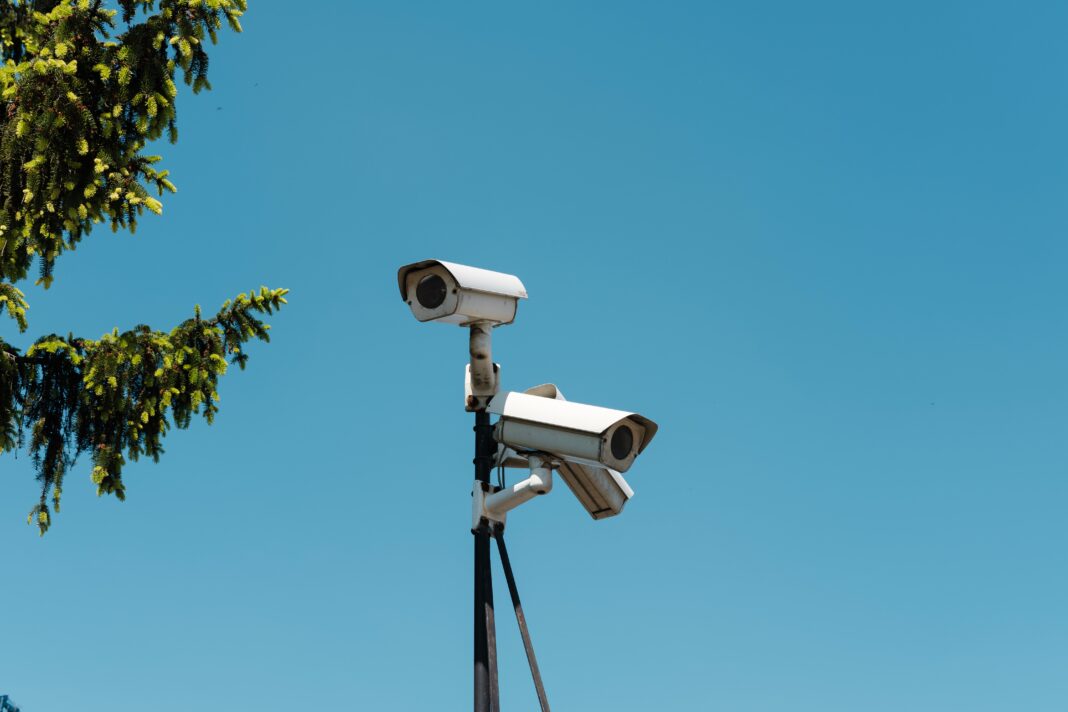BEVERLY HILLS—At its August 4 Study Session Meeting, City Council voted in favor of more funding and updates towards the expansion of the city’s Closed-Circuit Television (CCTV) program. Staff engaged with the Budget ad hoc Committee who recommended the program be funded at $1.2 million in 2020 to roll out 200 residential cameras as part of its next phase.
In the meeting, it was said that staff initially wanted this phase of the project done by June 30, 2020, but the goal could not be achieved because they needed more funds. Most of the work is estimated to complete by the end of this year with some continuation into next year. It is staff’s intent to complete this work prior to January 2021.
The city also continues to develop its “Ubiquitous” Coverage 5 Year Plan for fiscal years 2022 to 2026, which will need $14 million for about 900 more CCTV cameras. According to the meeting presentation, that would basically mean a camera placed at every intersection in town. The proposition would also create 50 lanes of ALPR or license plate recognition coverage.
Council Member Lili Bosse requested the addition of this topic to their August 4 meeting agenda. Bosse thanked the staff for a detailed report, and said the topic was requested because it has been a priority for the Council over the past few years. The council member also mentioned that over the last year or so, residents have asked about cameras for their street after seeing them active at other locations.
“The significance of the city’s CCTV program was highlighted during the recent protest activity in the city and surrounding areas. The robust system afforded law enforcement better command and control of multiple incidents allowing police to efficiently deploy resources at appropriate times and locations. The system acts as a both a deterrent to crime and an investigative tool when crimes are captured on CCTV,” the meeting staff report states.
The city’s budget ad hoc is recommending a reduction of $45.1 million less than what was originally requested for the capital improvement project (CIP) budget for fiscal year 2020 to 2021. The CCTV program is funded through this budget. The ad hoc still acknowledges the need for more cameras despite recommended reductions. Therefore, the budget for the project was increased from $500,000 to $1.2 million.
The video surveillance project will resume this year through 2021 using the existing Community Security Enhancement CIP budget. A collaboration between the ad hoc Committee, Beverly Hills Police Department (BHPD), Public Works, Information Technology, and the City Manager’s Office has created a plan to deploy cameras at an increased rate for coverage in residential areas and new priority locations.
“All residential areas of the city are represented on the prioritized list, including the Southwest, the Southeast, the Flats, and east and west Coldwater. While the vast majority of the cameras is designated for residential areas, the PD has identified some non-residential locations where cameras would be beneficial. These locations were identified as the result of the recent protests that took place within the city,” the report reads.
The city’s CCTV project began in 2005. BHPD presented City Council with a long-term plan to install surveillance cameras throughout Beverly Hills. Four main functional areas were included in the initial plan:
- Critical infrastructure (e.g. Public Safety facilities, reservoirs, city facilities, etc.)
- Areas where crime statistics warrant camera placement (e.g. intersections in commercial areas)
- Areas where there is a perceived need for additional security (e.g. schools, parking structures, parks, etc.)
- Residential areas
When the project was created, the Police Department estimated that it would take 20 years to complete with a total of 1,000 cameras in use. “The time frame mentioned appears to be spot-on, but the total camera counts were significantly understated. At present, the city manages some 1,515 camera views,” the staff report further explains.
In the meeting, staff brought up a success story in which the man who caused destruction to Nessah Synagogue was tracked down through CCTV cameras on site. Partnerships with camera providers such as Nest and Ring, and the use of drones as an alternative resource are also being considered.






